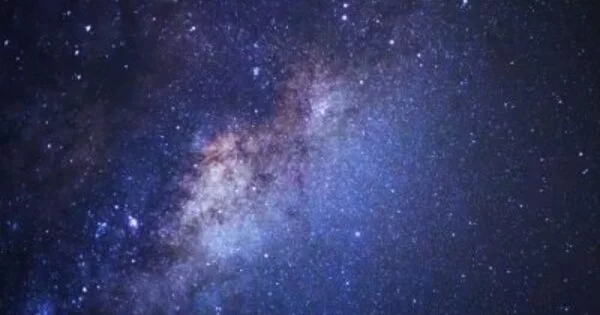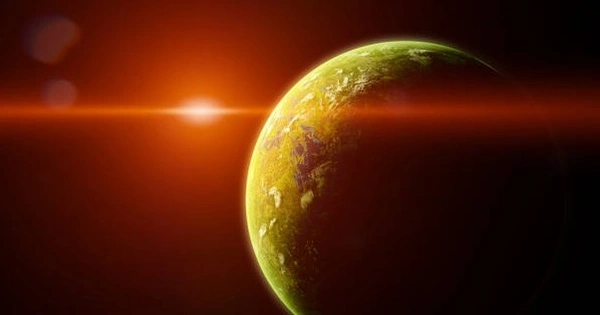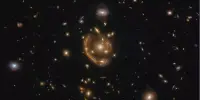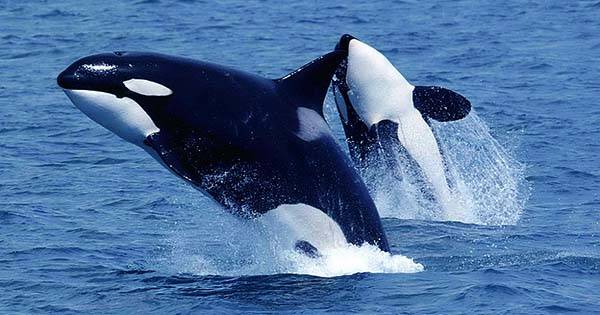Do you ever wonder what’s out there when you look up at the night sky? The vast majority of the stars visible to the naked eye are found within our own galaxy. And we know a lot more about them now. The European Space Agency’s (ESA) Gaia mission recently announced the creation of the largest, most accurate, and detailed map of the Milky Way ever created.
This is the third data release from the Gaia mission. However, it outperforms its predecessors. This is the most comprehensive star catalog to date, with high-precision measurements of nearly 1.7 billion stars. In a press conference today, ESA spokespeople and Gaia scientists revealed the extent of their map, as well as a blizzard of nearly fifty related research papers.
From large-scale data of carbon monoxide molecules observed in detail by the Nobeyama 45-m radio telescope, scientists identified approximately 140,000 molecular clouds in the Milky Way Galaxy. The researchers used artificial intelligence to estimate the distance between each of these molecular clouds in order to determine their size and mass, successfully mapping the distribution of molecular clouds in the Galaxy in the most detailed way to date.
The researchers used artificial intelligence to estimate the distance between each of these molecular clouds in order to determine their size and mass, successfully mapping the distribution of molecular clouds in the Galaxy in the most detailed way to date.
From large-scale data of carbon monoxide molecules observed in detail by the Nobeyama 45-m radio telescope, Osaka Metropolitan University scientists identified approximately 140,000 molecular clouds in the Milky Way Galaxy. The researchers used artificial intelligence to estimate the distance between each of these molecular clouds in order to determine their size and mass, successfully mapping the distribution of molecular clouds in the Galaxy in the most detailed way to date.
Stars are formed by the collision of molecular gas and dust in space. These molecular gases are so dilute and cold that they are invisible to the naked eye, but they emit faint radio waves that radio telescopes can detect.

From Earth, a lot of matter lies ahead and behind these molecular clouds, making it difficult to determine their distance and physical properties like size and mass.
So, despite the fact that our Galaxy, the Milky Way, is the only galaxy close enough to make detailed observations of molecular clouds in the entire universe, it has been extremely difficult to investigate the physical properties of molecular clouds from large-scale observations in a cohesive manner.
From large-scale data of carbon monoxide molecules observed in detail by the Nobeyama 45-m radio telescope, a research team led by Dr. Shinji Fujita of the Osaka Metropolitan University Graduate School of Science identified approximately 140,000 molecular clouds in the Milky Way Galaxy, which are areas of star formation. Using artificial intelligence, the research team estimated the distance between each of these molecular clouds, determined their size and mass, and successfully mapped their distribution in the most detailed way to date, covering the first quadrant of the Galactic plane.
















